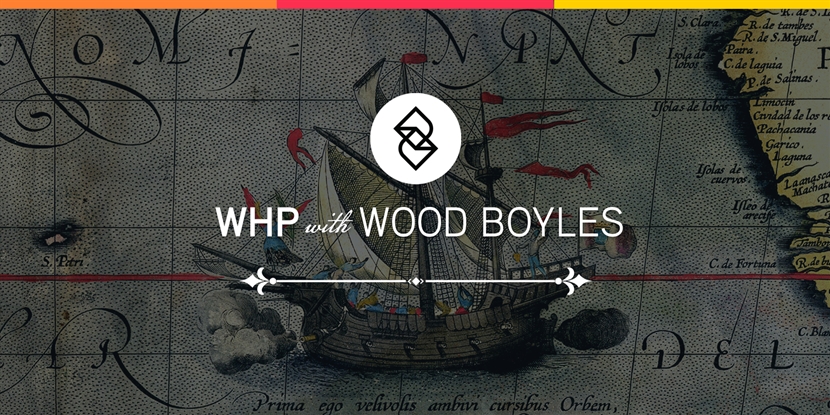In this video, you’ll be introduced to the idea of historical periodization This approach to history, which divides time into distinct and identifiable periods, not only helps frame different accounts of the past and highlight important points in history, but serves to obscure others.
Driving Question: How do chronology and periodization help historians tell the story of humans?
- Breaking up history into time periods and naming them is something historians regularly do. These names and time divisions help us tell stories about the past from particular viewpoints. As with frames, it is helpful to have ways to analyze different parts of history—even if the ways they’re named don’t always make perfect sense! Even historians don’t always agree on the naming conventions.
Word of the Day: Periodization
- Definition: An approach to history in which time is divided into distinct and identifiable periods (for example, when we talk about eras or periods, like the Jurassic or Paleolithic).
- To do this, we identify a series of events that make sense when linked together.
Lesson
- Read the article “The Chronometric Revolution” in Origins Lesson 2.1.
- As you read, think about how historians use chronology, or a succession of events, or periodization, to tell stories. What does this help them do, and what might it leave out of the story?
Historian’s Journal Prompt
- Is Covid-19 a significant marker or “threshold” in the story of human history? Why or why not?
- Think about some of the big changes you’ve learned about before (or perhaps even lived through). Then, decide if COVID-19 will be important in the narrative that historians will tell in the future.

